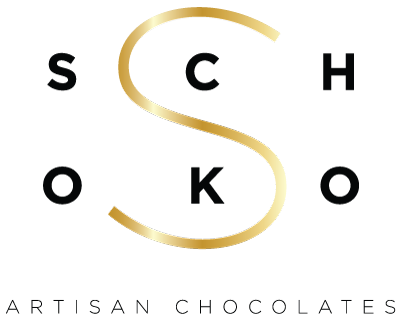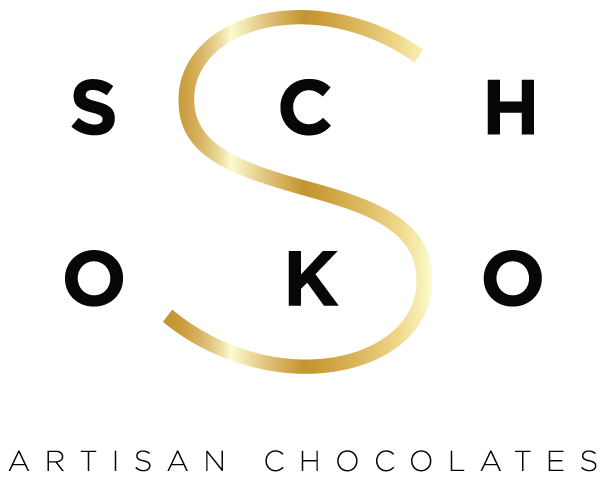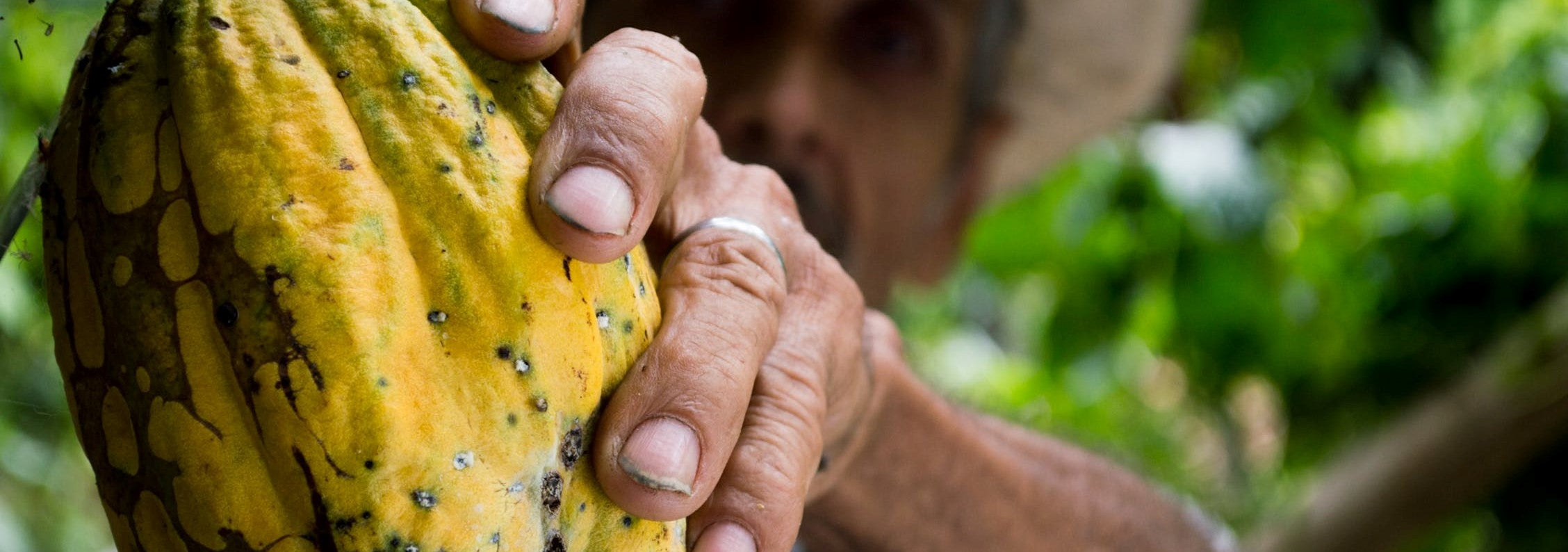In the previous post - Food of the Gods - I touched briefly on the cocoa bean while its still on the tree, but here I'm going to get into a bit more about what happens to it after harvest and also where we get ours from.
Our chocolates comes from one of the worlds most respected fine Belgian chocolate producers within the industry - Callebaut
The finest Belgian Chocolate starts with the finest cocoa beans, this takes us to...
Our chocolates comes from one of the worlds most respected fine Belgian chocolate producers within the industry - Callebaut
The finest Belgian Chocolate starts with the finest cocoa beans, this takes us to...
West Africa where the tools of the trade are still today, machetes. This is because it is important not to damage the flower cushion which will produce the flowers and fruits of future harvests, plus care must also be taken not to damage the tree, which would make it easy for parasitic fungi to penetrate the tissues of the tree.
The pods are opened and beans removed, they then need to undergo a fermentation and drying process to get them ready for transport. The well fermented and dried cocoa beans are then shipped to Belgium on a journey that lasts several weeks and travels across wild seas and along rugged coasts.
Once they arrive at the warehouse, the beans are inspected and graded for quality by a biologist. Its then over to a Master Blender who takes these beans and delicately blend them with other fine cocoa beans from South America and Asia to add fruitiness, acidity and other delicate notes.
One thing that we believe in strongly is supporting everyone involved in the process of the chocolate and one of the great things about Callebaut is that they know there would be no chocolate without the farmers, and so that's why they reinvest a part of their profits back into sustainable cocoa farming through non-profit organisations that monitor West Africa's most urgent needs and coordinate sustainable projects to ensure the future of the farmers, and chocolate.
If you want to keep going, the next post is about how the cocoa is processed.
Credit to www.callebaut.com for their information on processing
The pods are opened and beans removed, they then need to undergo a fermentation and drying process to get them ready for transport. The well fermented and dried cocoa beans are then shipped to Belgium on a journey that lasts several weeks and travels across wild seas and along rugged coasts.
Once they arrive at the warehouse, the beans are inspected and graded for quality by a biologist. Its then over to a Master Blender who takes these beans and delicately blend them with other fine cocoa beans from South America and Asia to add fruitiness, acidity and other delicate notes.
One thing that we believe in strongly is supporting everyone involved in the process of the chocolate and one of the great things about Callebaut is that they know there would be no chocolate without the farmers, and so that's why they reinvest a part of their profits back into sustainable cocoa farming through non-profit organisations that monitor West Africa's most urgent needs and coordinate sustainable projects to ensure the future of the farmers, and chocolate.
If you want to keep going, the next post is about how the cocoa is processed.
Credit to www.callebaut.com for their information on processing



